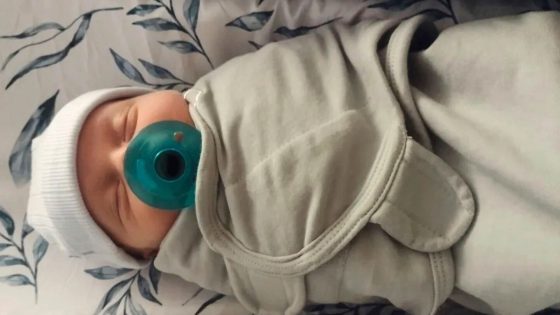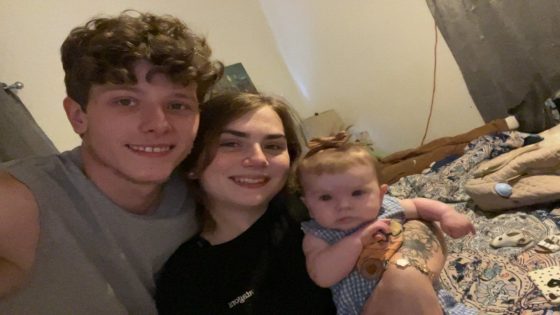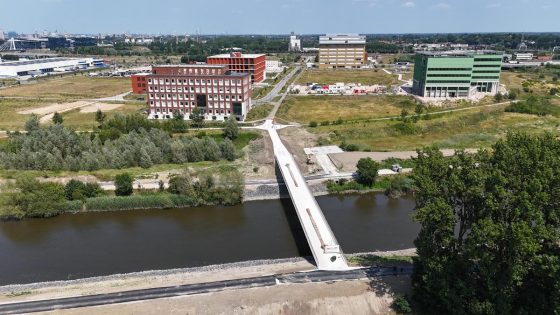A remarkable milestone in reproductive technology occurred when a baby boy was born from an embryo that had been frozen for over 30 years. This case, which took place in Ohio, is believed to be the longest storage time before a birth, highlighting the advancements in embryo adoption. Lindsey and Tim Pierce welcomed their son on Saturday, August 1, 2025, from an embryo that had been preserved for 11,148 days.
- Baby born from embryo frozen over 30 years
- Lindsey and Tim Pierce pursued embryo adoption
- Linda Archerd donated embryos after IVF journey
- 1.5 million frozen embryos stored in the U.S.
- Alabama court recognized frozen embryos as children
- Emotional journey for embryo donors and recipients
The Pierces, who struggled with infertility, utilized embryo adoption, a growing practice where couples can adopt frozen embryos. The embryos in question were originally frozen in 1994, showcasing the potential for life even after decades of storage. This development not only sets a record but also sparks conversations about the ethical implications of frozen embryos in the U.S.
This astonishing event raises important questions about the fate of frozen embryos in the U.S. How many more embryos are waiting for a chance at life? The story of the Pierces and their son emphasizes the need for awareness surrounding embryo adoption.
- Approximately 1.5 million frozen embryos are stored in the U.S.
- Only about 2% of U.S. births result from in vitro fertilization.
- Legal status of embryos remains a contentious issue, especially after a recent Alabama Supreme Court ruling.
As more families explore options like embryo adoption, it’s crucial to foster discussions on the ethical implications and potential solutions for the millions of frozen embryos awaiting their fate.

































